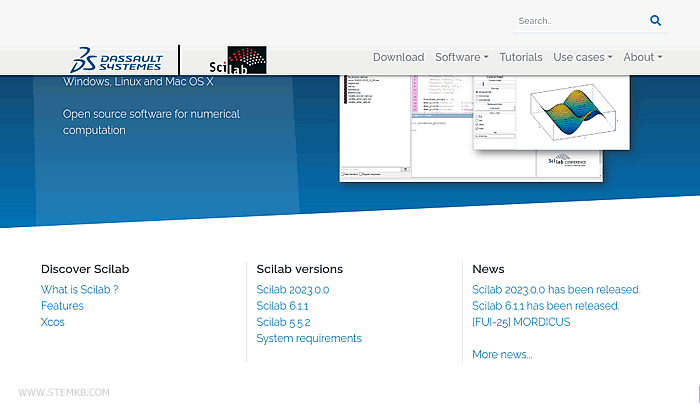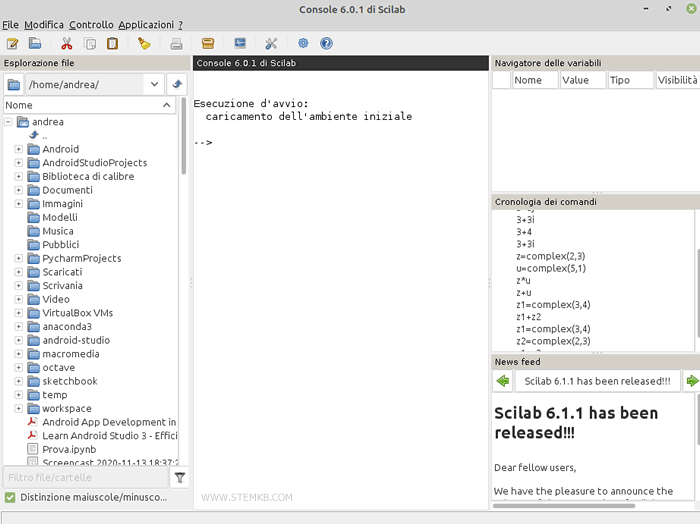
Scilab
In this friendly guide, I'll take you on a journey through the ins and outs of Scilab, helping you tackle your computational problems with ease and efficiency.
So, what exactly is Scilab? It's a fantastic open-source technical and scientific computing software, first brought to life in the 1990s by the brilliant minds at INRIA (Institut National de Recherche en Informatique et en Automatique) in France. Since its inception, Scilab has become a beloved tool for professionals in the scientific and technical fields across the globe.
One of the reasons Scilab is so popular is its wide array of mathematical, statistical, and numerical analysis capabilities, making it a versatile choice for various applications.
Designed as an interactive programming environment, Scilab allows users to write code in a language akin to MATLAB and OCTAVE.
A standout feature of Scilab is its open-source nature, which means it's absolutely free and accessible to everyone. How awesome is that?
Let's take a quick trip down memory lane. Scilab was initially created in the 1980s as a control systems design software. In 1994, it was released as open-source software under the name Scilab 1.1. As the years went by, it garnered support from companies and institutions, culminating in the formation of the Scilab Consortium in 2003. Fast forward to 2017, Scilab Enterprises was established to manage development and provide professional services. Today, Scilab enjoys widespread use in various sectors, including science, industry, and services, all around the world.
How to install Scilab on your PC
Ready to get started with Scilab on your PC?
To dive into the world of Scilab, you'll need to install it on your PC first. Luckily, it's available for Windows, MacOS X, and Linux operating systems.
Head on over to the official website www.scilab.org to download the installation software. Once you've got the installation file, you're all set to begin the installation process on your PC.

After everything is installed, you'll find the Scilab icon in the list of installed programs.
Give it a double-click, and you're ready to embark on your Scilab adventure!

The Scilab workspace
There are two main ways to make the most of Scilab:
- The command line (console)
You can work your magic in Scilab using the command line by typing one command at a time. The Scilab console has a friendly "-->" symbol as the default cursor (prompt). Each time you type a command and press enter, Scilab jumps into action, executing it and returning the result. - Creating a script
Fancy creating a script? Use the SciNotes editor! A script is a sequence of commands that you can save in a file on your computer and execute as many times as you like.
The Scilab interface is organized into various sections that make up the workspace:

The Scilab interface is organized into various sections that make up the workspace:
- File browser
Located on the left, it lets you view the list of files and folders on your PC. - The console Found in the central section, this is where you type and execute individual commands, one at a time.
- The variable browser
Over on the right, it displays all the variable names used during the current session, along with their respective values. - Command history
Another right-side section shows the list of the latest commands you've executed in the console. - News feed
Last but not least, the bottom right section offers a news feed with the latest Scilab updates.
Tutorials
Eager to learn more? Check out these helpful guides and tutorials to master Scilab:
- How to write complex numbers

